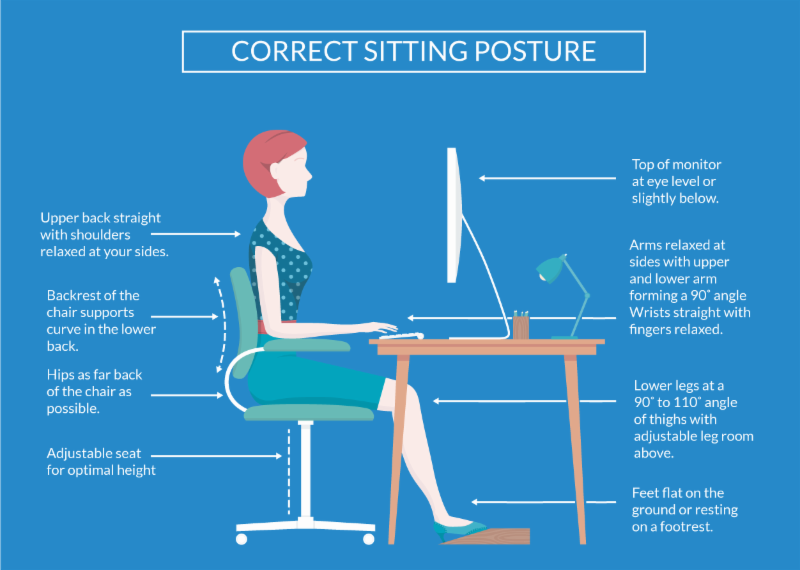5 Exercises To Do If You're Over 40
Here are five exercise you should start doing every week once you're in your 40's!
Cardiovascular Exercise to Prevent Heart Disease: A few examples of cardiovascular exercise include walking, running, cycling, dancing, rowing, and swimming. If you really want your heart health to benefit from these activities aim to exercise at 80% of your maximum heart rate for at least 30 minutes, 3 to 4 times a week. On a scale of 1 to 10, 10 being the hardest you can push yourself, you should be around an 8.
High-Impact Activities to Ward Off Osteoporosis: High impact, weight-bearing exercise can help build bone strength. Dancing, jumping-jacks, tennis, or even a light jog are all great examples of exercises to keep your bones strong.
Strength Train to Fight Arthritis: Strength training is one of the best ways to prevent aches and pains. The good news is that you don't have to spend hours in the weight room to reap the benefits. All you need to do is engage multiple joints and muscles in load-bearing activities - think squats or an overhead press. If you're new to strength training - ask your fitness center for a free tutorial of the weight room. Often, a personal training or a conditioning consultant will be able to demonstrate some simple exercises to get you started.
Yoga to Beat Depression: While any form of exercise can help ease the symptoms of anxiety and depression, research shows yoga may be particularly beneficial for reducing stress. Even better - certain styles of yoga are also great weight-bearing strength workouts and may even incorporate cardiovascular conditioning. Now that's a win-win workout! Look for yoga classes with words like power yoga, flow yoga, or vinyasa yoga to get started.
Plank to Prevent Back Pain: Back pain becomes more common as we get older. Strengthening your core can help ward off back pain. The plank is an excellent well-rounded move because it not only targets your abdominals but all of the supporting muscles around your back and chest that surround the spine. As these supporting muscles become stronger, you're less likely to suffer from nagging back pain. To make sure you're holding the plank position correctly (on your forearms) - position your elbows under your shoulders and push the floor away from you with your feet. Your legs should be outstretched behind you and your feet should shoulder-width distance apart. Pull your belly button in towards your spine to engage those abdominal muscles. Keep your behind in line with your shoulders - your hips shouldn't sink towards the floor.





